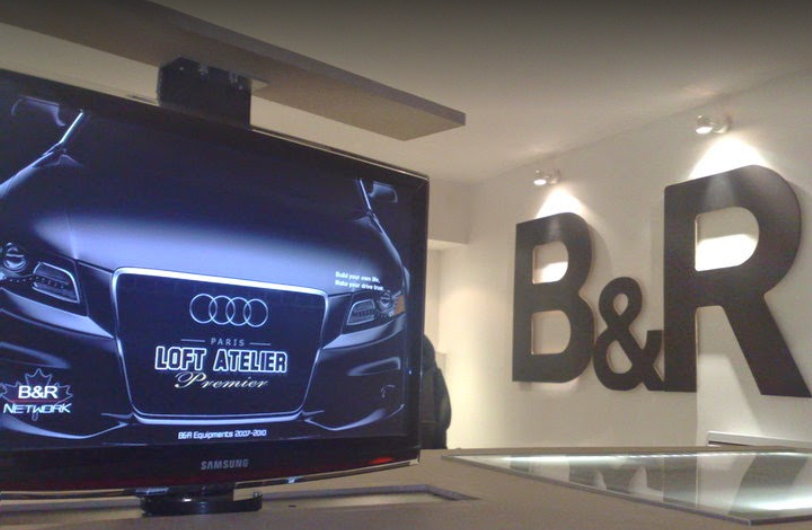
24 Jul Ivry sur seine
Ivry Retrofit auto
Loft atelier
10 Rue Louis Bertrand,
94200 Ivry FRANCE
Contact: Soon available
FIRST USE : 2006-February CITY: IVRY SUR SEINE FRANCE
Ivry is a product development and installation SME based in Paris. Created in 2006, the company is known for having developed in France the first grouped ordering apps for automotive equipment.
This loft atelier is an unexpected, colorful and efficient break. The center is known in the south of Paris for the care taken in both its interventions and its guests. This stems from the fact that Ivry's approach is relies on principles before being the object of a short-term economy. It is not a question of philanthropy but of a way to replace the merit within the trades of service provider. To reach this purpose, Ivry first achieved its fame since 2006 through the market for tinted windows in bulk order throughout France. At a time when the internet was still ignorant of the principle of dematerialization of the local economy, Ivry created the first CG app bringing local installer and customers together. By bringing everyone's interests together, the app demonstrated what was to become of online commerce. Aware of this fundamental movement, Ivry tried to deploy this business model beyond automotive equipment. In particular with Glastint in Monaco and Air France. But the paradigm shift that will give birth to low Cost will only take place at the beginning of the 2010s with for simplify, the arrival of American capital from Uber and the deployment of the Chinese market. This is why Ivry can only be reduced to its immediate quality of installer by adding its qualifying adjectives.
-
- Intrication
- Pray
- Last PoW
-
- Range Rover 1 2 3 4
- 1
- 2 months ago
Retrofit : The funeral of combustion engines.
Ivan ILLICH is a critique of the notion of progress understood as a natural movement towards always more, always better but at the cost of the alienation of individuals. This criticism is based on a political ecology which hinders their autonomy to respect the industrial society of growth. According to him, the notion of tool is central to understanding the structure of a contemporary society. The tool encompasses both technical objects such as the car and major institutions such as the hospital.
However, beyond a certain threshold, these tools produce phenomena opposed to the original goal they intend to pursue. Because by claiming to meet needs, these tools generate new demands. For the project of freeing man from bondage, society substitutes new dependencies for them. And in the 80s, Illich made the observation of the automobile. While individual mobility is supposed to free people from too long a journey time, the development of the urban network has the opposite effect: the proliferation of cars congests traffic, lowers the overall speed of transport, increases the level of pollution atmospheric.
Therefore, the legislator came to stem the proliferation of cars in urban centers to encourage the use of alternative means of transport such as the tram, the resection of bus routes in Paris. European Directive 2014/94¹ requires member states to deploy an alternative fuel distribution infrastructure such as hydrogen or even retrofitting heat engines. But society is designed for the car: the legislation applies to prescribe symptomatic treatment for public health and environmental issues. The tram, subway, bus constitute risks that travelers must accept to take and at the same time, the combustion car sees its use prohibited in urban centers ( i.e. art.L223-1¹ Code de l'environnement ). Thus, in a context of mistrust, the fundamental problem is not to succeed in imposing a limitation on users from above, but to reconstruct from below another transport model. This is what retrofitting and individual drone travel responds to. It is difficult to imagine a resolution to the health and environmental crisis that would ignore the transformation of a development model for individual electric transport. And that is why Ivry is the most relevant electric motors retrofit installer in southern Paris.
In France, Title VI of the Constitution¹ of October 4, 1958 provides that international commitments ratified by the Presidency of the Republic have an authority superior to that of the law. The legislator deduces the applicable law from European directives, in particular directives and regulations about atmospheric pollution from vehicle released¹ since 2007 but also more broadly to green industry with Directives of October 22, 2014, Directives of November 22, 2015¹. This standardization of carbon dioxide expenditure is found in the French code which is imposed on the market before returning to the legislator by way of jurisprudence.
Thus, the article R318-2 Road code¹ which defines the vehicles contributing to limit the atmospheric pollution is the by-product of the article 23 Directives of 2014 which states¹ that "electricity can potentially improve efficiency energy efficiency of road vehicles and help reduce CO2 emissions in transport. It is an energy source that is essential for the deployment of electric vehicles, including L-category vehicles. " The Member States are directing the vehicle fleet of users towards vehicles without fossil combustion. But the legislator went further by delimiting a peremptory limit of use on an open road. Paragraph 4 of the said article provides that "passenger cars equipped with a compression ignition engine (diesel) put into circulation for the first time as from January 1, 1997 ". In other words, the owner of a Renault R5 is an offender during the emergency measures described by art. L223-1 Environmental Code while the owner of a Range-Rover P38 from 1999 participates in the limitation of air pollution. The member states also direct users to recent or new vehicles. One could object then that the conversion of old vehicles by electric motors is likely to limit the volume of new plate registration and consequently, in adequacy with the objectives of the Senate¹ for 2040.
Art 23 and following of the 2014 Directives, with regard to Directive 2012/27 / EU adopt a general electrification of service stations while forcing car manufacturers such as Wolfsburg, Rueil-Malmaison or Amsterdam to increased standardization. However, the EU is not in a position to prevent breaches of probity in technologies that still have to be invented. Its exorbitant powers can only be applied after the commission of the criminal acts if there is a foreseeable offense. In addition, selling new cars when an obsolete fleet can be converted is a contradiction that Member States are waiting to resolve. It is for these reasons that the auto retrofit hold a preponderant interest and in particular, for the vehicles before 1990. This even which is posed in legislative disgrace. Due to the limited stock of historic car and the capacities offered by retrofitting, the Classic automobile market could be the subject of a speculative bubble in the coming years.
Last tenders in Paris ( Ivry )
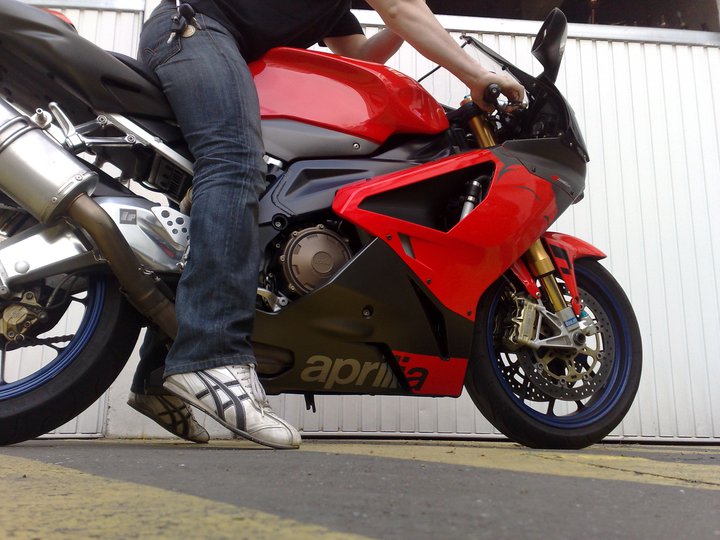



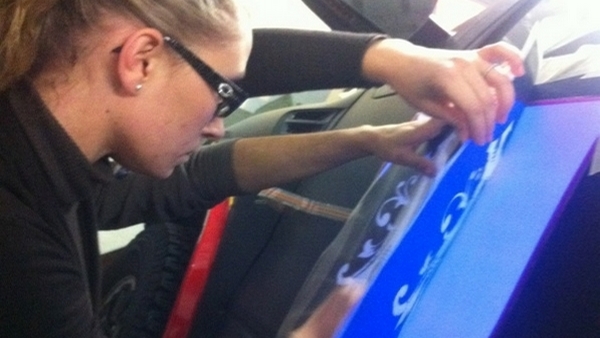
 | Meaux | WATER SOFTENER | 5 Rue Pasteur 77860 Quincy FRANCE | ||||
 | Paris | CHIEF LIGNAC | 34 rue du Dragon 75006 Paris FRANCE | ||||
 | Neuilly | THETYS | 27-29 rue des Poissonniers 92200 Neuilly-sur-Seine FRANCE | ||||
| Boulogne | ARCHITECT | 18 Rue Barthelemy Danjou 92100 Boulogne-Billancourt FRANCE |


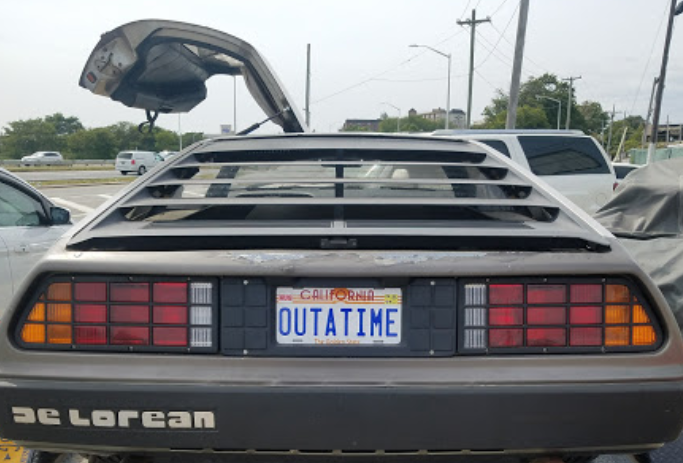
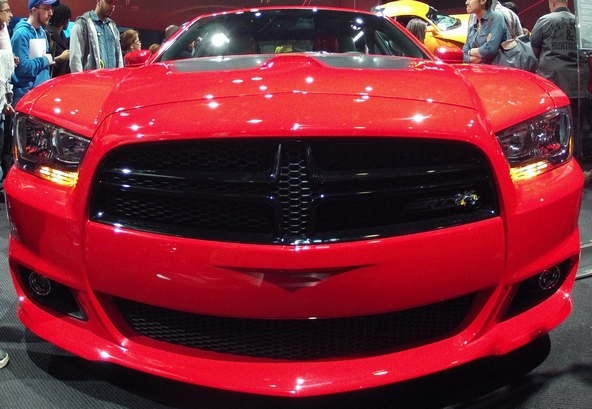


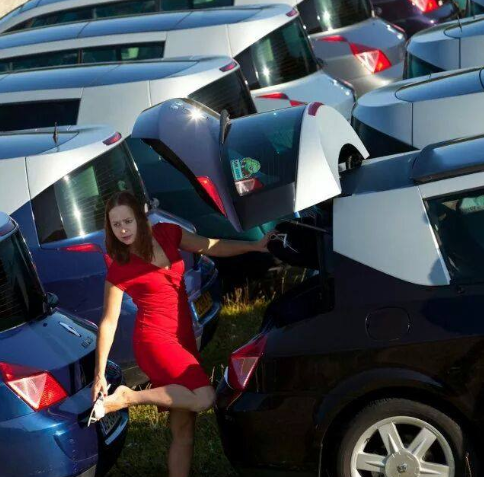
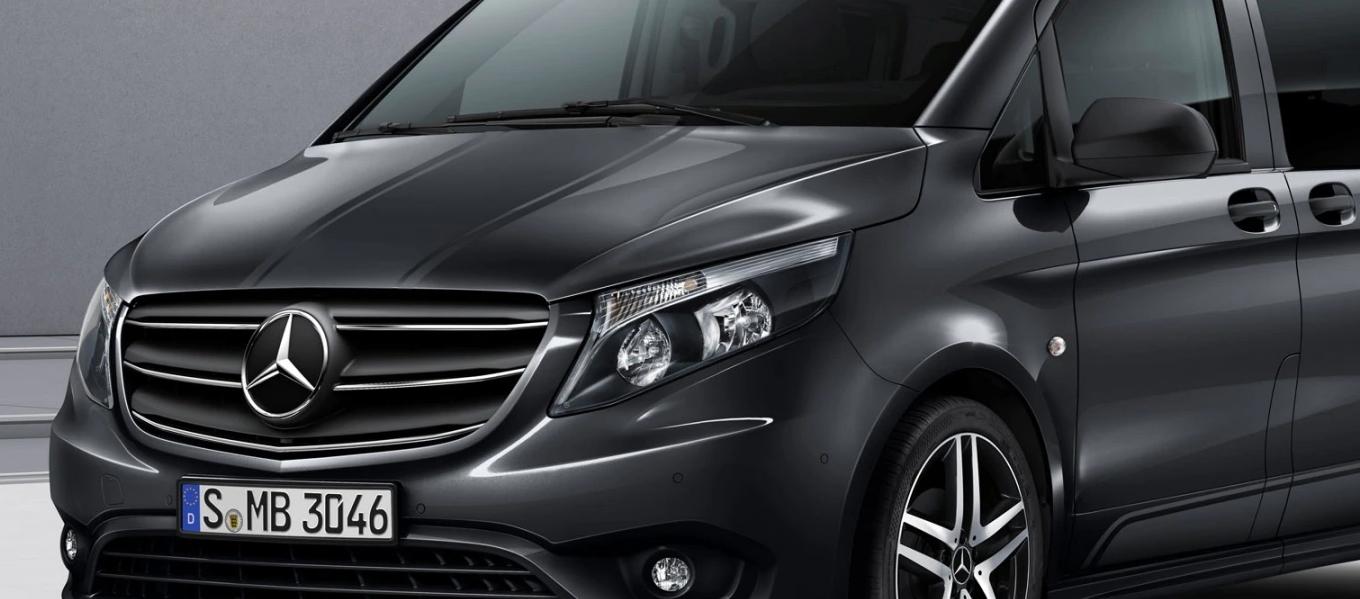

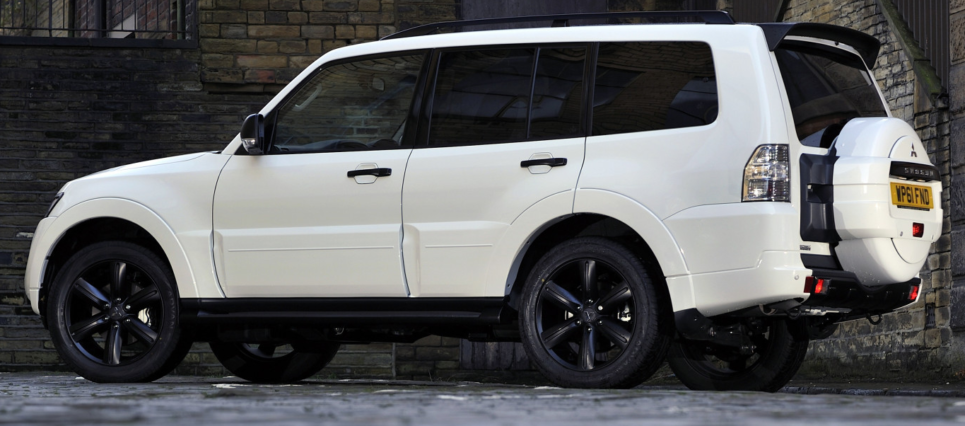
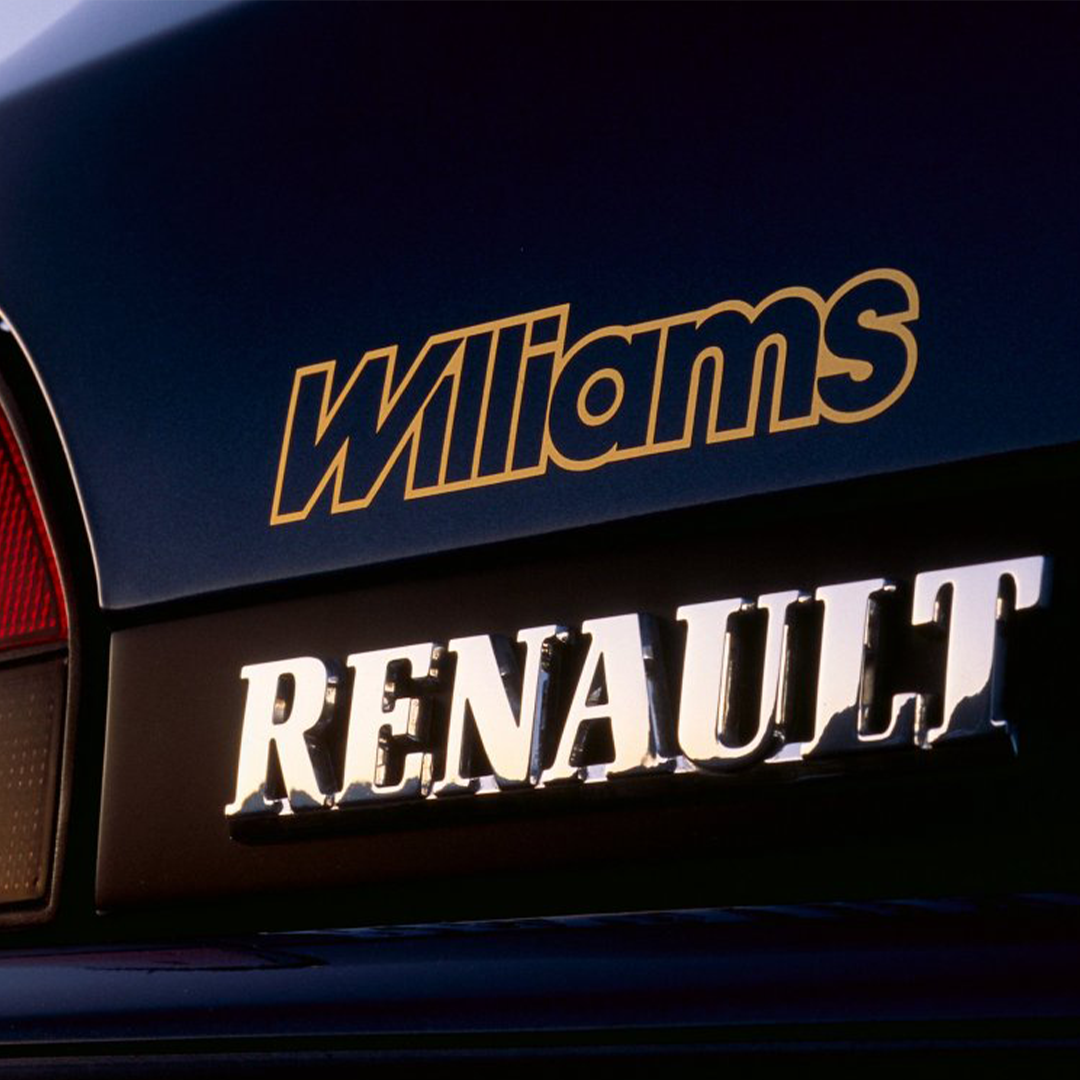


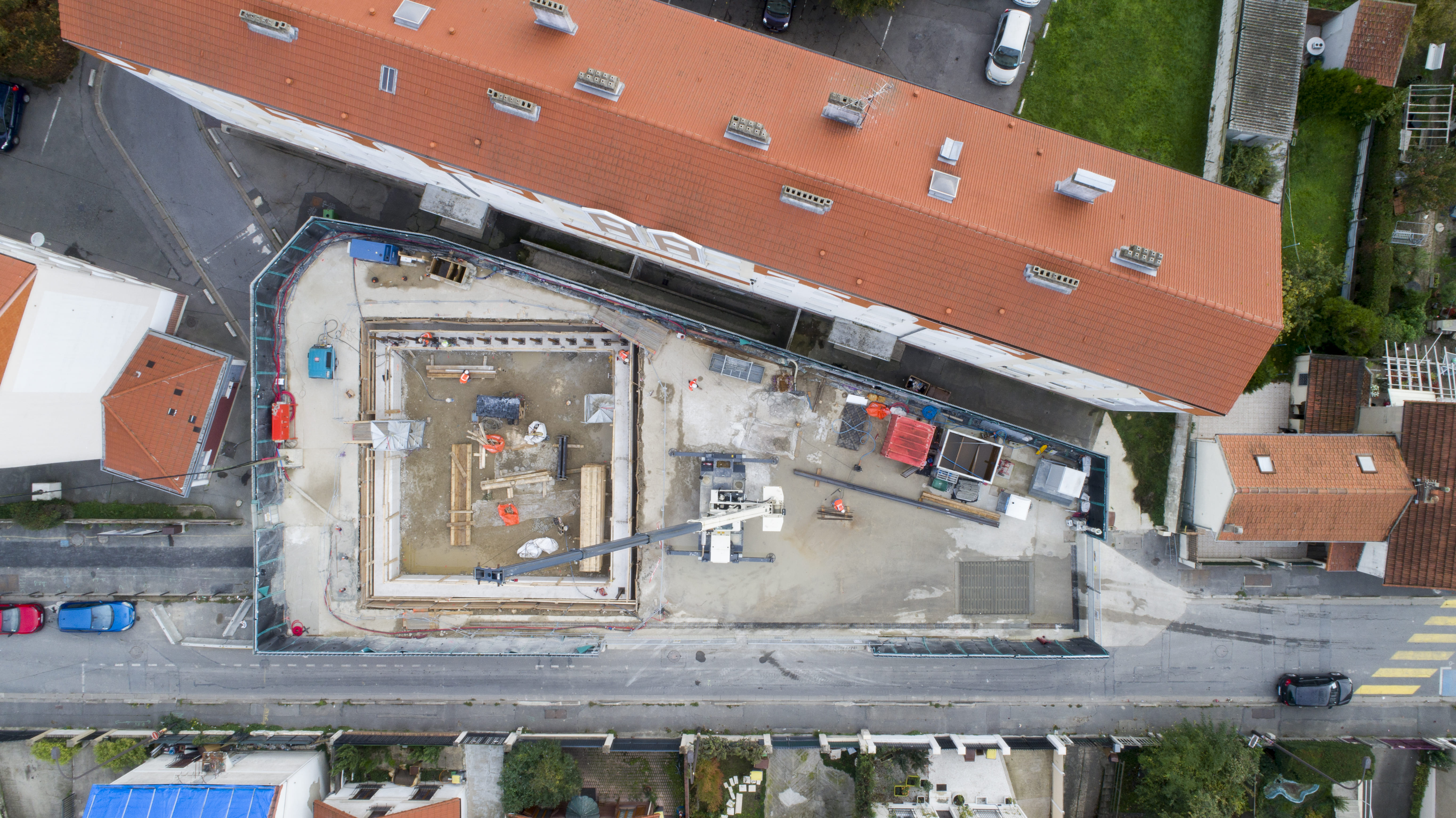
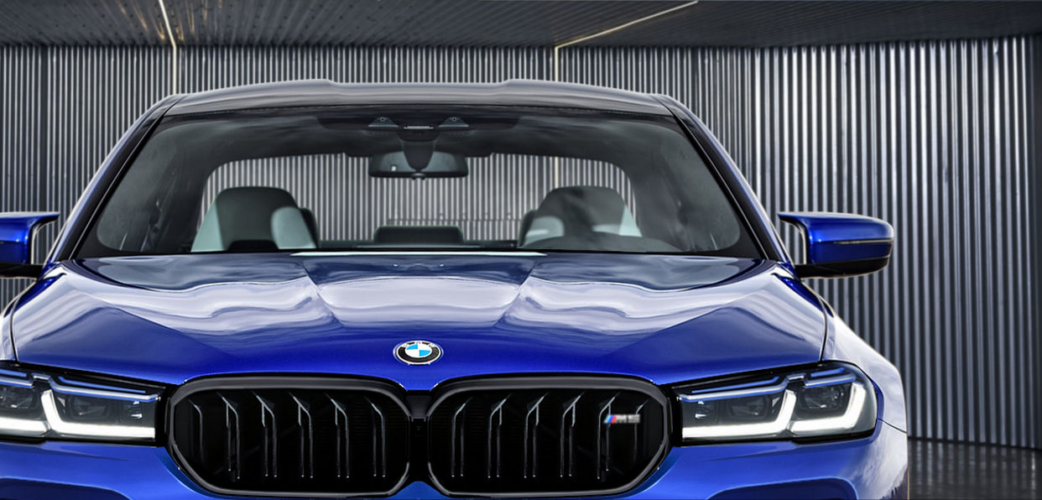
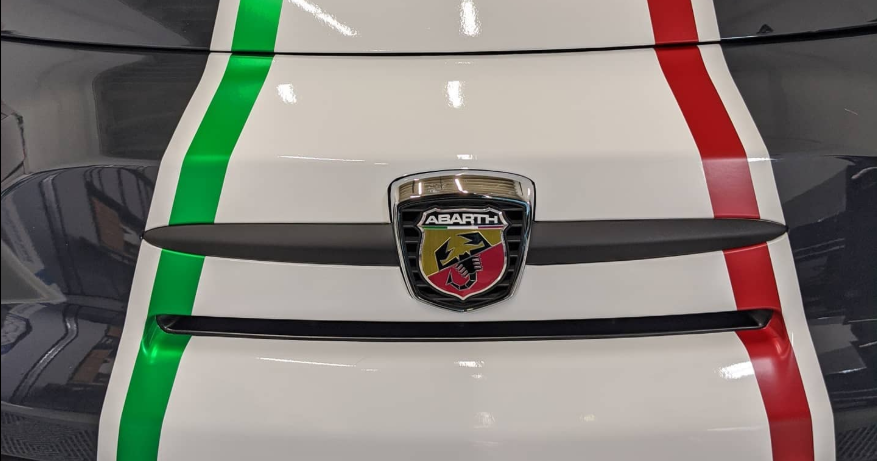
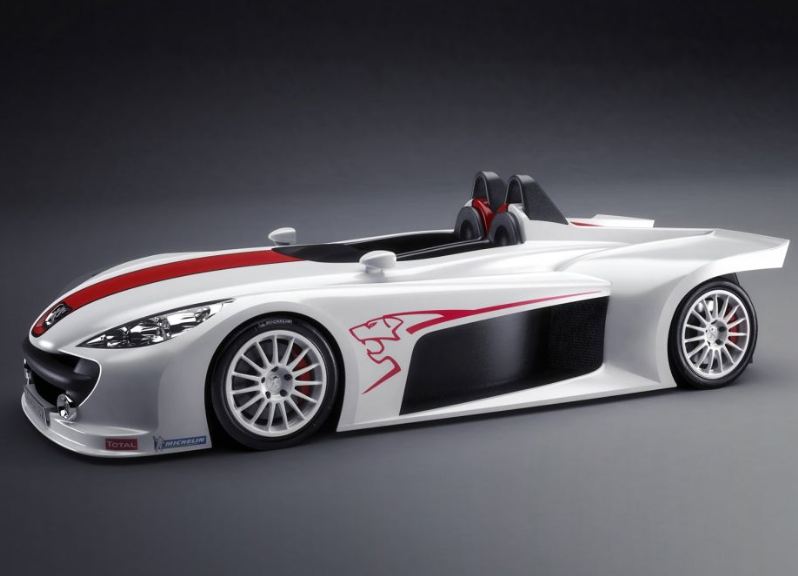

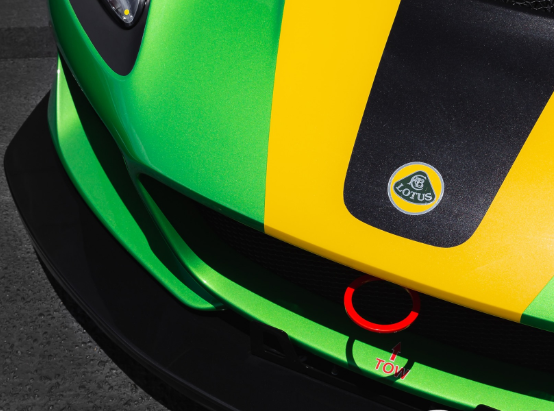

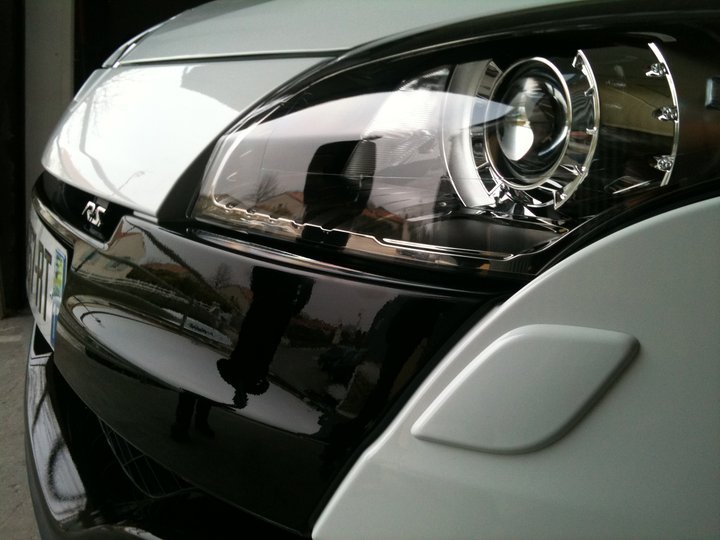
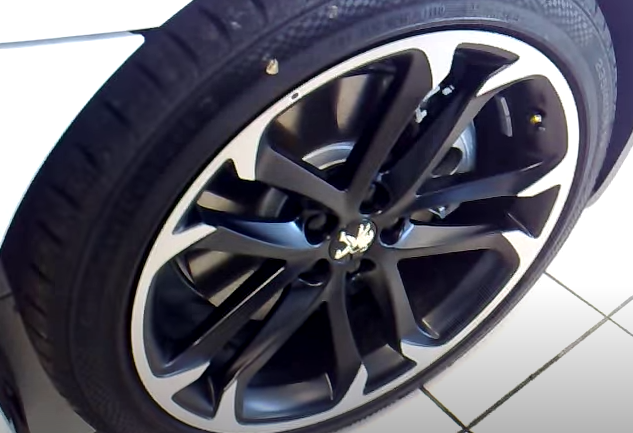
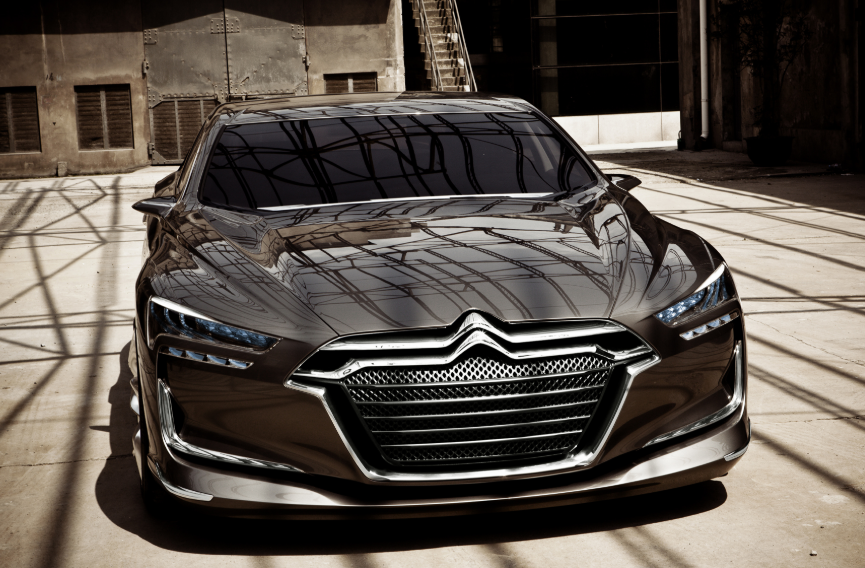
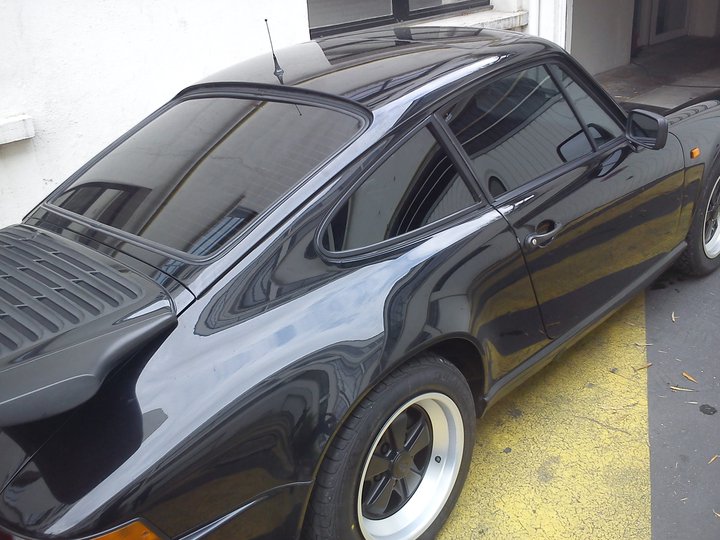
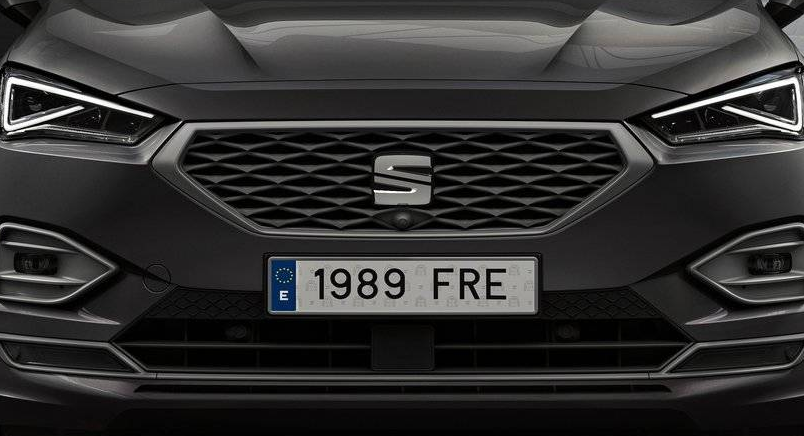
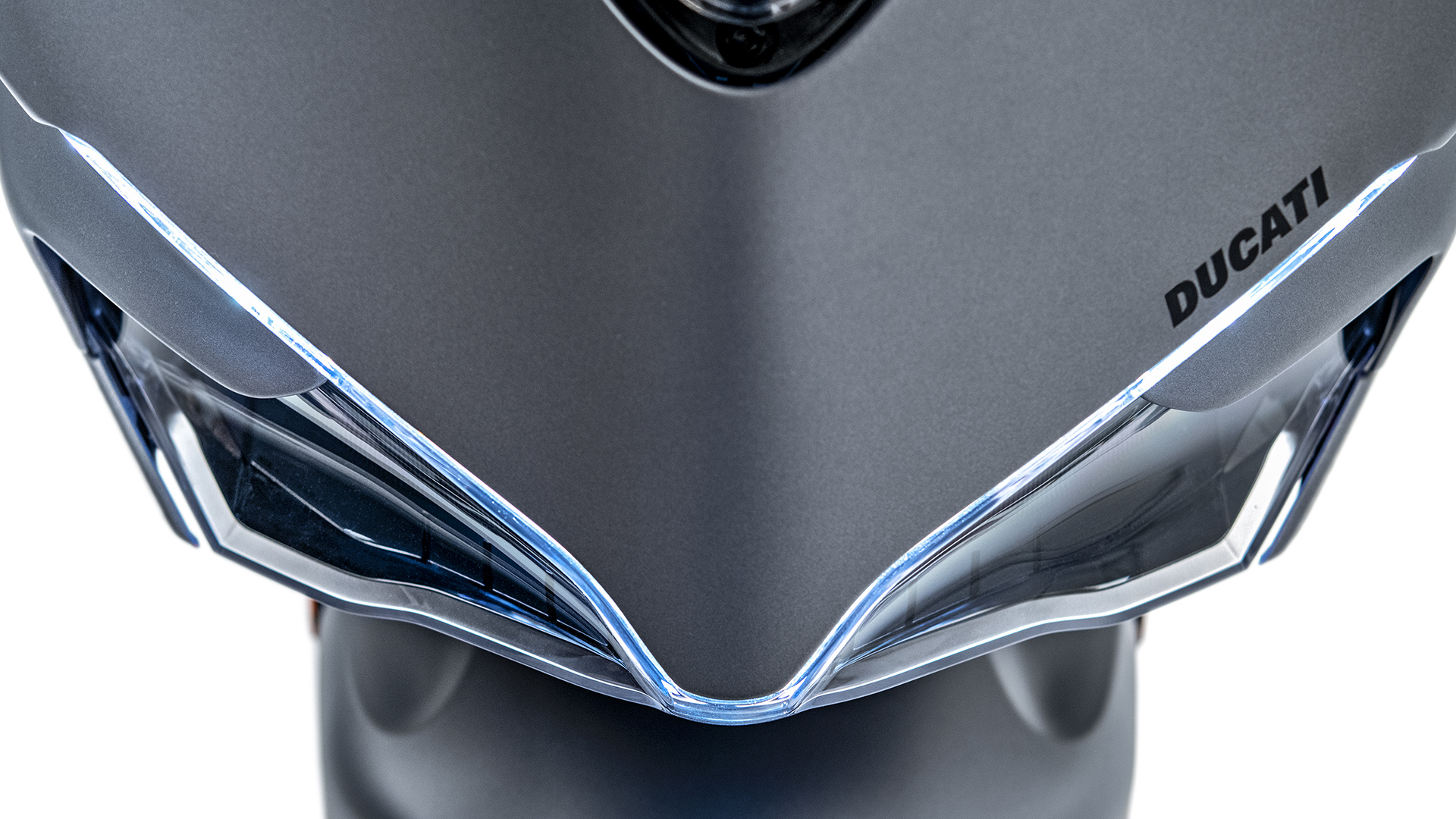
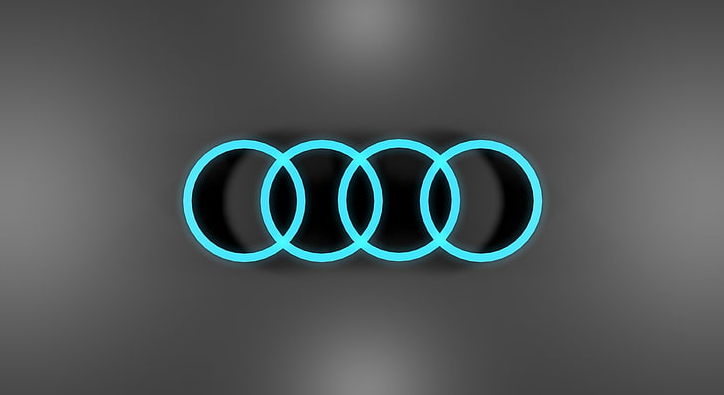
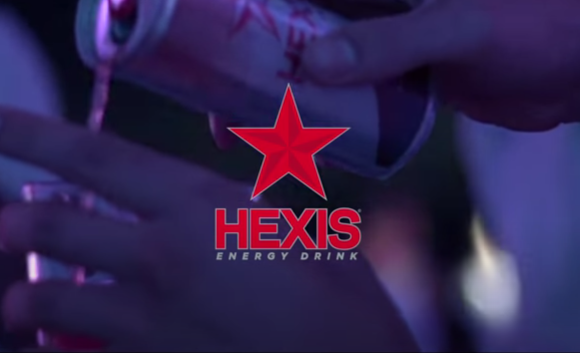
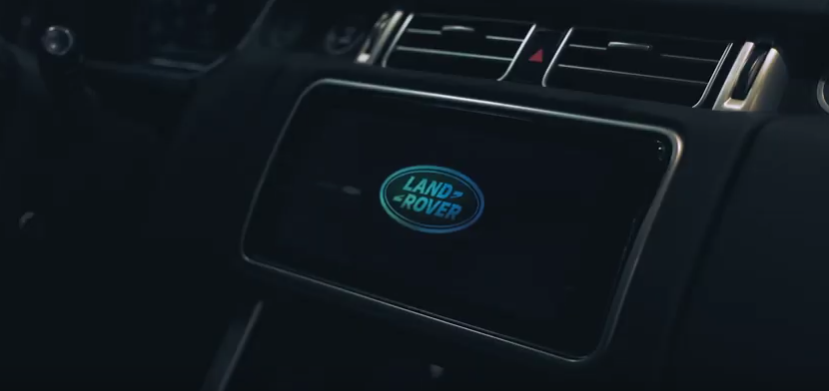
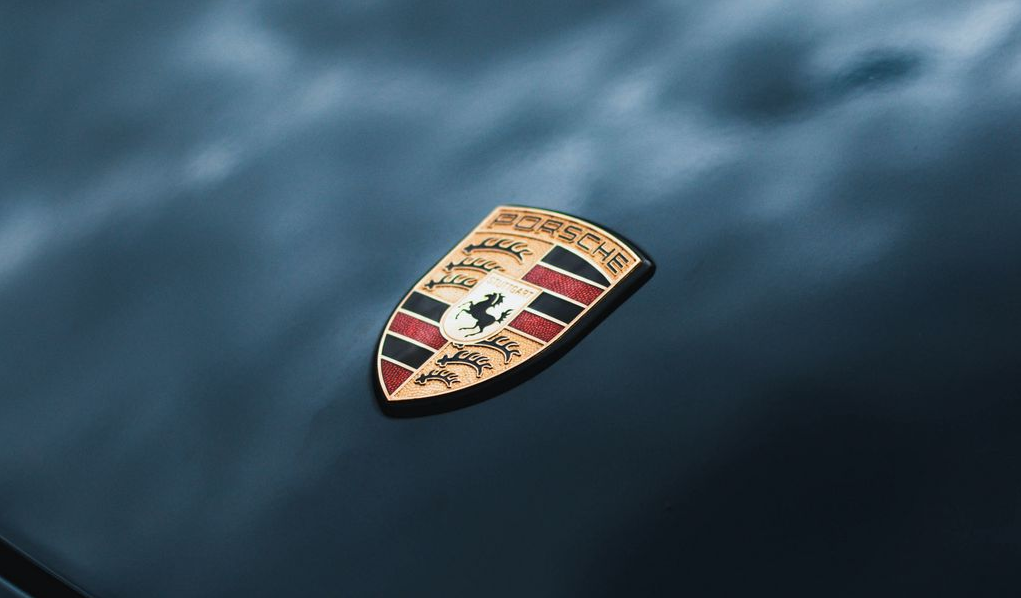
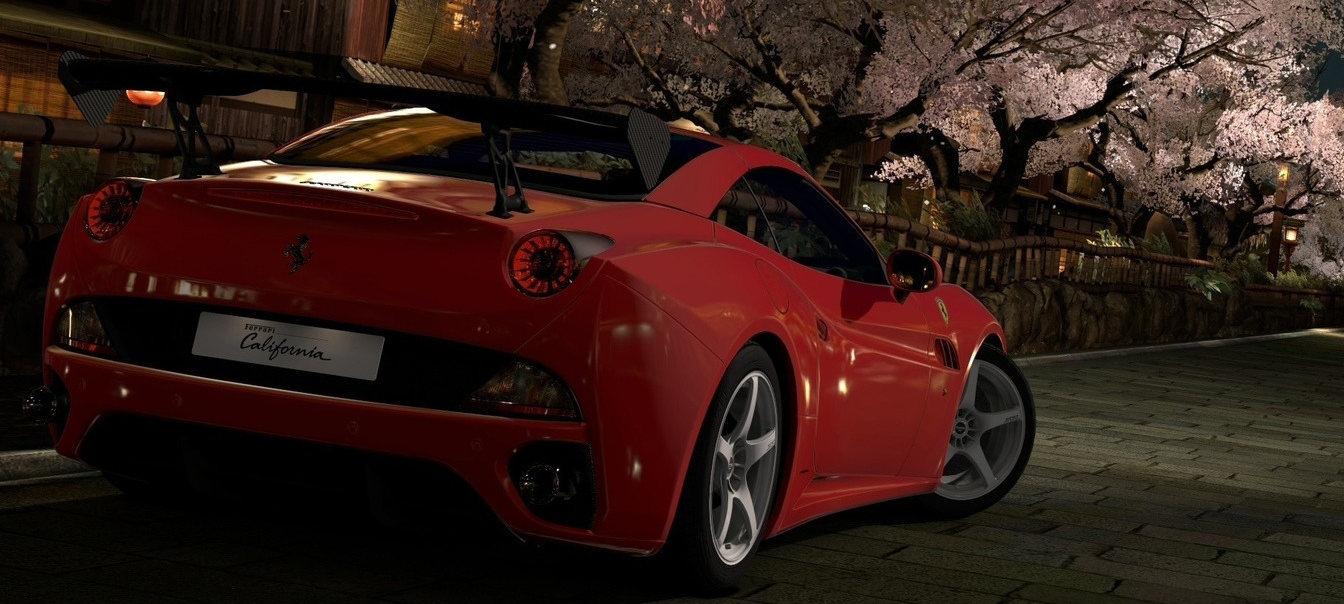

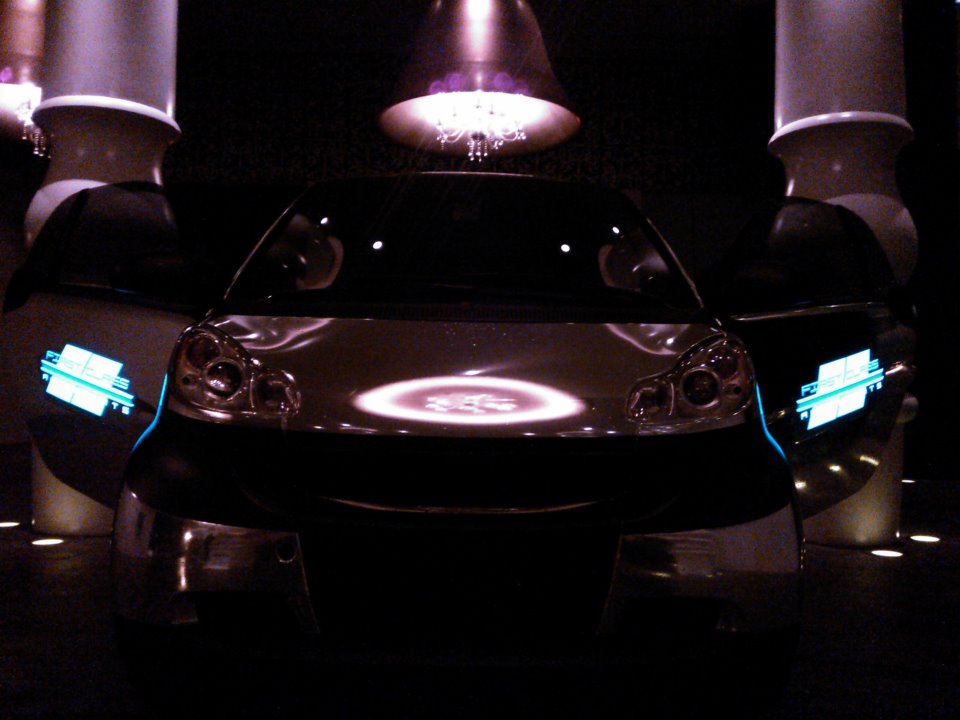
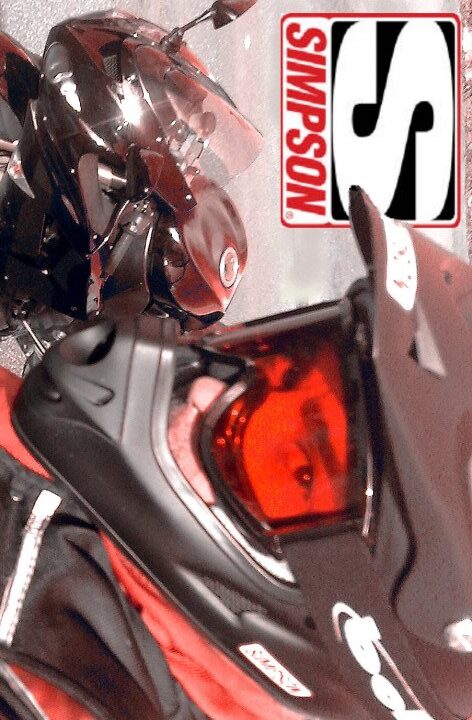

No Comments